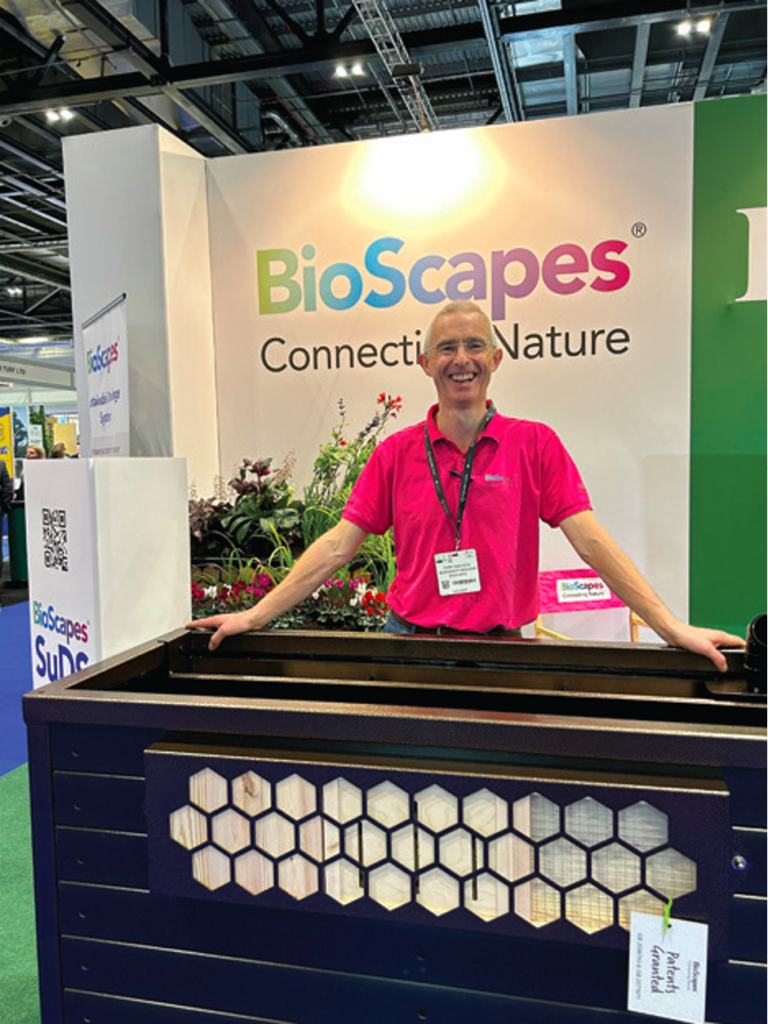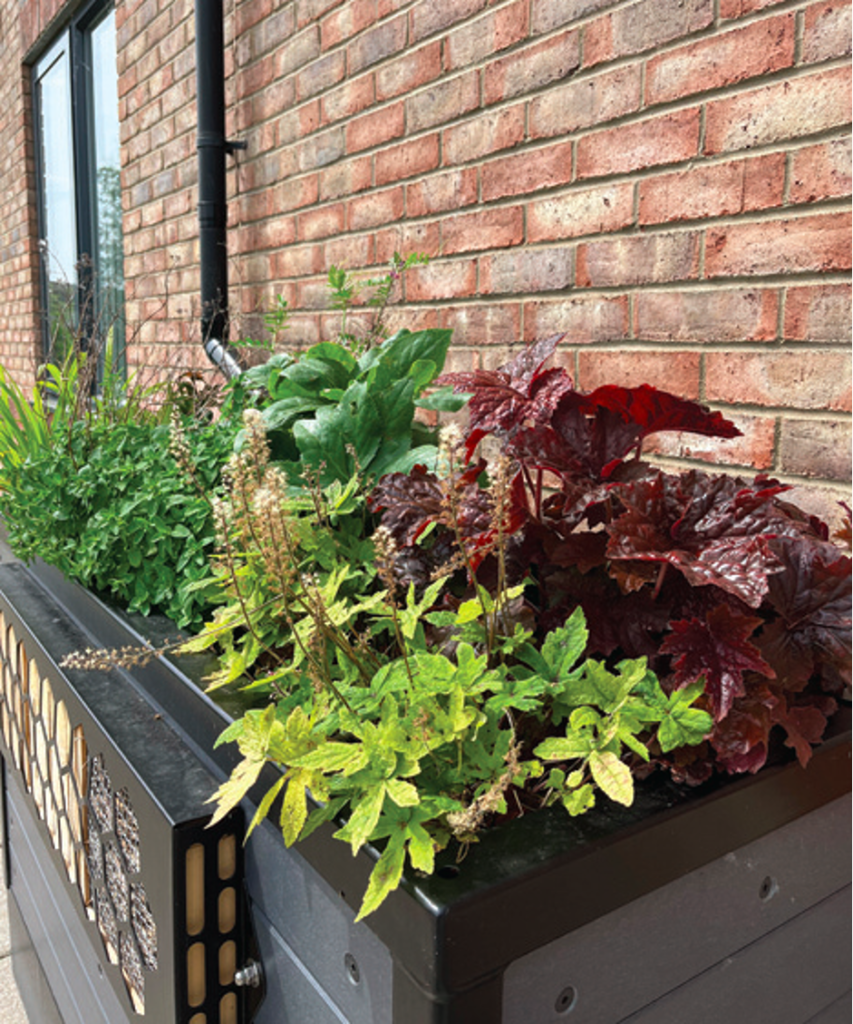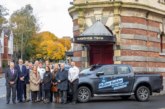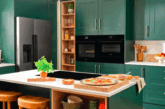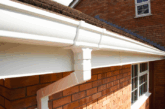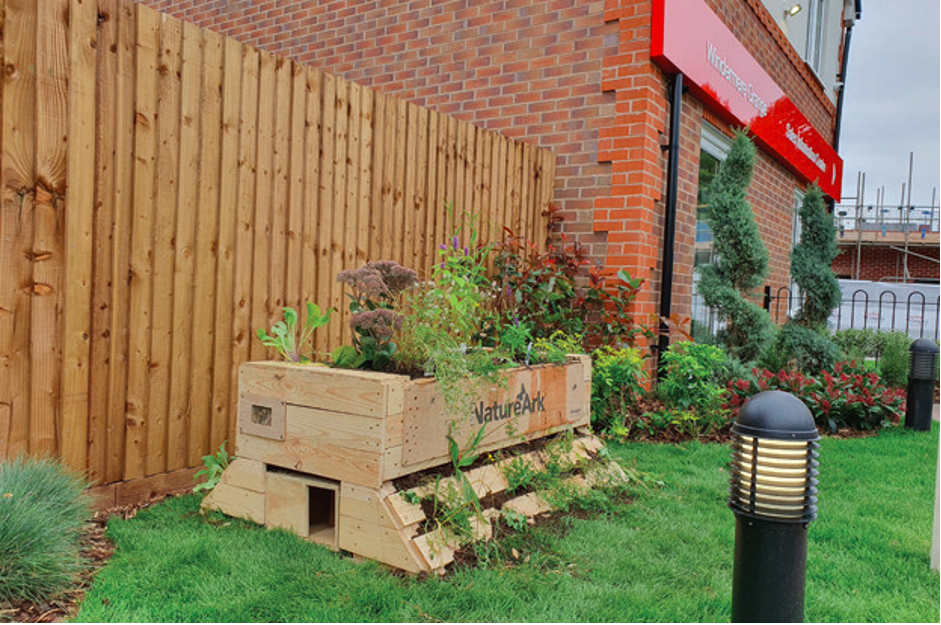
SME housing developers who are struggling to navigate the complexities of Biodiversity Net Gain (BNG) and Sustainable Urban Drainage (SuDS) legislation need look no further than BioScapes
You might think that soil and the grass that grows through it are basic commodities but we’ve always pushed the boundaries of performance and innovation,” enthuses Terry Smithson, Head of Nature Based Solutions at BioScapes – part of the Rolawn Group. “At the same time we want to deliver easily adoptable and very practical solutions for our housebuilder clients.” It’s an attitude which positions the ecology and horticultural specialists as the perfect partner in a new and often unfamiliar legislative landscape.
Biodiversity Net Gain (BNG) as a concept has been a long time coming but that doesn’t mean that the confusion around compliance has abated, especially amongst smaller developers. In January of 2024, legislation was introduced to compel housebuilders who were constructing 10 or more units to make a 10 per cent improvement in BNG, with some local authorities asking for as much as 20 per cent. In April 2024, that requirement was extended to smaller new build schemes of one house and upwards. In effect, there are now very few exemptions.
So, how does that translate on the ground? Essentially, planning permission will be dependent on an assessment of the level of biodiversity on the land, both prior and post development. This can be achieved on the actual site of the new property, or it can be achieved off-site, whilst there’s a third option of purchasing statutory biodiversity credits.
For a smaller developer, who is invariably focused on a quality build rather than quantity, there are obvious benefits to the on-site approach, not least providing the homeowner with an aesthetically appealing installation through which they can enjoy the acknowledged well-being benefits that engaging with nature brings.
Attractive and creative biodiversity installations will equally offer the added selling point of diversifying a property from the competition.
 Sustainable Urban Drainage (SuDS)
Sustainable Urban Drainage (SuDS)
It’s not just BNG that needs to be taken into account either, because developments with more than one dwelling must now demonstrate that they are implementing Sustainable Drainage Systems (SuDS). The rationale for their implementation including climate change, more frequent extreme weather events, with consequent water run-off and flooding – is well known, but it again begs the question what does it mean in practice?
“As a starting point, the four SuDS pillars are water attenuation, as well as the cleaning of water run-off from impermeable surfaces,” continues Terry. “It also needs to include amenity benefits, and promote biodiversity, with that final point feeding directly back into the BNG legislation.
“Whilst volume housebuilders are prepared for the new BNG and SuDS regimes it’s fair to say that there’s a distinct lack of awareness amongst SME developers,” Terry adds. “Even if they are mindful of what’s required, there’s still a knowledge gap of what solutions they need and where to source them.” Indeed, there has already been criticism from the National Audit Office and the FMB which has cited additional costs and a lack of preparedness on the part of some local authorities.
The message from BioScapes, however, is that it doesn’t have to be a complex or onerous process – and the company has the product range, and expertise, to prove it. “Our units are all-in one solutions that come together to address SuDS management and biodiversity requirements. They look good, promote wellbeing, can be comfortably introduced into relatively small spaces, and are easy to maintain.”
There’s a whole range of BioScapes products that will help housebuilders conform to BNG regulations and the same principles remain consistent throughout.
The most compact on offer is the WildPod Mini®, which brings together ten interconnected habitats in a 35 x 56 x 60cm wooden unit, with the addition of a unique rainwater catcher. Delivered in flat pack form, it’s easy to assemble and position, only requiring the addition of up to 80litres of topsoil and compost, 10litres of clay for the reservoir habitat, and 6litres of deadwood habitat materials. Once in place, you can watch the wildlife colonise a protected ecosystem where species will interact as they would naturally.
At the other end of the scale, the patented BioCube® can be as large as 4m2, is made from recycled steel and plastic, with a modular assembly that again makes for an easy build. This solution has a much longer lifespan and flexibility in terms of what can be added.
Habitats come together in a layered construction which will include a main planting area, zones to attract bee and butterflies, wet habitats and much more.
Between these two is the mid-sized NatureArk®, which is supplied with the habitat materials required, which means only plants need to be added.
 “We want our BNG focused products to be plug and play,” continues Terry, “where it’s simply a matter of assembling the box and adding soil and plants. The same ethos is evident with our SuDS and BNG Unit, which is simply attached to the property’s downpipe and is sufficiently compact to be added to any individual home. Moreover, in addition to the products themselves, we can provide support and guidance to smaller developers in particular on exactly what they’ll need.”
“We want our BNG focused products to be plug and play,” continues Terry, “where it’s simply a matter of assembling the box and adding soil and plants. The same ethos is evident with our SuDS and BNG Unit, which is simply attached to the property’s downpipe and is sufficiently compact to be added to any individual home. Moreover, in addition to the products themselves, we can provide support and guidance to smaller developers in particular on exactly what they’ll need.”
“Aside from the regulatory requirements, there’s a real benefit here for the housebuilder,” concludes Terry. “Not only are you making a statement about your green credentials, you’re also welcoming them to their new home with outdoor features that will enhance the build quality.”

